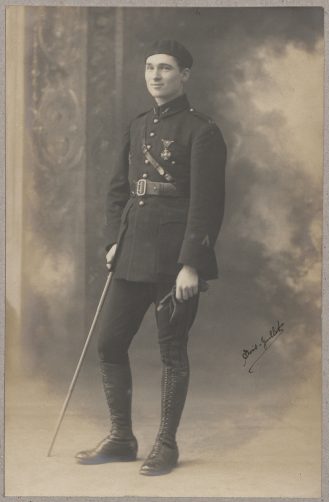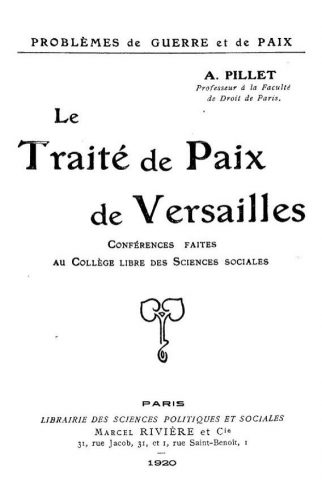“[…] And honored be our great dead, who made this victory for us ! […] Through them, we can say that before any armistice, France was liberated by the power of arms […]. As for the living, to whom, from that day, we extend our hand and whom we will welcome, when they walk on our boulevards, on their way to the Arc de Triomphe, may they be saluted in advance ! We are waiting for them for the great work of social reconstruction […] Thanks to them, France, yesterday a soldier of God, today a soldier of humanity, will always be the soldier of ideal !” (Georges Clemenceau, Extracts from the speech delivered before the Chamber of Deputies on November 11, 1918).
With these words spoken on the occasion of the announcement of the Armistice, the President of the French Council and Minister of War, evoked future collective commitments : to pay tribute to those who have fallen and to mobilize the forces alive. These two initiatives were not easy. In France, the law of October 25, 1919 “relative à la commémoration et à la glorification des morts pour la France au cours de la Grande Guerre” [relating to the commemoration and glorification of those who died for France during the Great War] constituted a framework of action for the faculties. The duty of memory for their former students had already started several months before, but its material realization took time. The constitution of memorial books, plaques or monuments was not completed until the 1920s.
The First World War was also a breeding ground on which jurists cultivated and asserted their influence. At the end of the war, they actively participated in the establishment of a peace through the law presented as a “jurist’s peace”. They also took advantage of this period to assert their scientific position and doctrinal primacy.


